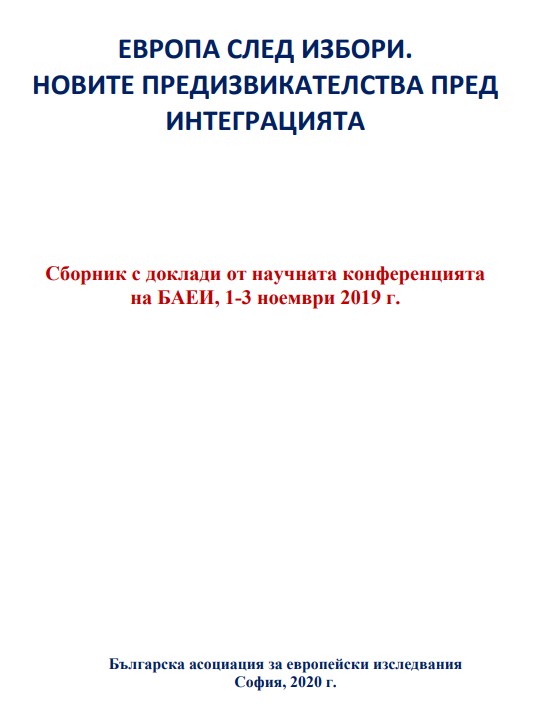
Przeciwdziałanie negatywnym skutkom gospodarczym pandemii koronawirusa. Analiza porównawcza działań wybranych państw
Purpose: The purpose of the chapter is to assess the extent of actions taken by selected countries to reduce the negative economic impact of the COVID-19 pandemic and the scale of resources used for these actions. Design/methodology/approach: Models of market economy are presented andanti-crisis measures taken by Poland, Germany, USA, China and Sweden are described. The amount of money spent on these measures is also presented. Findings: Germany was the country with the largest budget expenditure to counteract the negative economic effects of the pandemic. Contrary to assumptions, Poland was not the country with the lowest budget expenditure. Germany and Sweden introduced the largest number of instruments supporting entrepreneurs.Germany’s aid package offered more support on taxes, while Sweden’s package offered more support on employment. The United States offered the narrowest aid package, which is related to the economic model adopted in this way. Originality and value: The chapter contains an analysis of anti-crisis measures (aid packages) undertaken by Poland, Germany, the United States, China and Sweden and information on the scale of financial involvement of these countries in helping entrepreneurs. There are no studies in the literature that directly compare the forms of aid used and their volume between the countries. The chapter provides data to assess countries’ involvement in combating the economic impact of the pandemic depending on their economic model. The collected data also has theoretical implications.
More...








